Supta Vajrasana: Steps, Benefits, Contraindications, and Modifications for a Healthier Practice
Soham Yoga School Rishikesh, India
Supta Vajrasana: Introduction, How to Do It Step by Step, Its Benefits, and Contraindications with Modifications
Introduction
Supta Vajrasana, also known as the Reclined Thunderbolt Pose, is a powerful yoga posture that combines elements of relaxation and deep stretching. This pose is particularly beneficial for enhancing flexibility in the lower body and improving digestion. Practicing Supta Vajrasana regularly can lead to numerous physical and mental health benefits.
How to Do Supta Vajrasana Step by Step
1. Begin in Vajrasana (Thunderbolt Pose)
- Sit on your heels with your knees together and your hands resting on your thighs.
- Ensure that your spine is straight and your shoulders are relaxed.
2. Lean Back Slowly
- Place your hands on the floor behind you, fingers pointing towards your feet.
- Gradually lean back, using your hands for support, and lower your elbows to the floor.
3. Lower Your Back
- Once your elbows are on the floor, slowly lower your back until it is resting on the ground.
- Keep your knees together and your feet close to your hips.
4. Position Your Arms
- Extend your arms along the floor, palms facing up.
- Alternatively, you can place your hands on your abdomen or stretch them above your head for a deeper stretch.
5. Hold the Pose
- Close your eyes and breathe deeply.
- Hold the pose for 30 seconds to 1 minute, gradually increasing the duration as you become more comfortable.
6. Release the Pose
- To come out of Supta Vajrasana, bring your hands back to the floor.
- Slowly lift your upper body and come back into Vajrasana.
Benefits of Supta Vajrasana
1. Improves Digestion
Supta Vajrasana massages the abdominal organs, promoting better digestion and relieving constipation.
2. Enhances Flexibility
This pose stretches the thighs, hips, and lower back, increasing flexibility in these areas.
3. Relieves Lower Back Pain
The gentle stretch helps alleviate tension in the lower back and can reduce pain and discomfort.
4. Calms the Mind
By focusing on deep breathing while in this pose, you can achieve a state of relaxation and mental calmness.
5. Strengthens Pelvic Muscles
Supta Vajrasana engages and strengthens the pelvic floor muscles, which can be beneficial for overall pelvic health.
Contraindications
- Knee or Ankle Injuries: Avoid this pose if you have any recent or chronic injuries in the knees or ankles.
- Lower Back Problems: If you have severe lower back pain or spinal issues, practice this pose with caution or under the guidance of a yoga instructor.
- Pregnancy: Pregnant women should avoid Supta Vajrasana, especially in the later stages of pregnancy.
Modifications
1. Use a Bolster or Cushions
Place a bolster or a few cushions under your back for support if you find it difficult to lower your body all the way to the floor.
2. Support for Knees
If you experience discomfort in your knees, place a folded blanket or a cushion under them for added support.
3. Shorten the Duration
Start with holding the pose for a shorter duration and gradually increase the time as your flexibility improves.
4. Hands Position
Experiment with different hand positions to find what feels most comfortable for you. You can keep your hands on your abdomen, along your sides, or stretch them above your head.
Conclusion
Supta Vajrasana is a beneficial yoga pose that enhances flexibility, improves digestion, and promotes relaxation. By practicing this pose regularly and being mindful of your body’s limitations, you can experience its numerous benefits. Always listen to your body and make necessary modifications to ensure a safe and effective practice.
Explore Our Range of Upcoming Yoga Training Courses Rishikesh
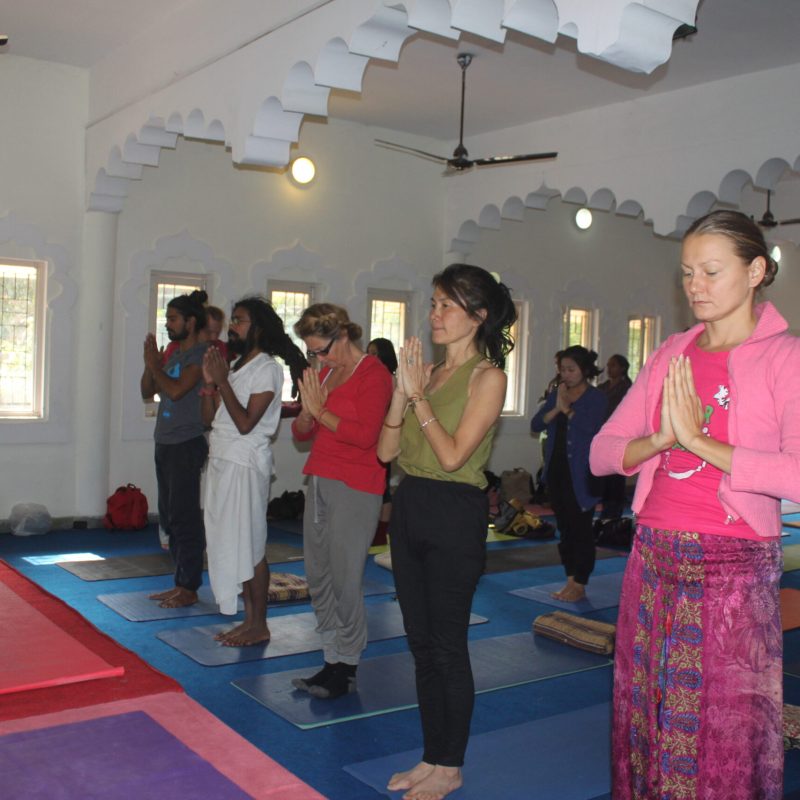
100 Hour Yoga Teacher Training in Rishikesh (India)
Duration: 14 Days
Module: Residential with Meal
Accommodation: Shared Room
Certification: Yoga Alliance USA
Course Fee: 699 USD
Yoga Style: Hatha Yoga
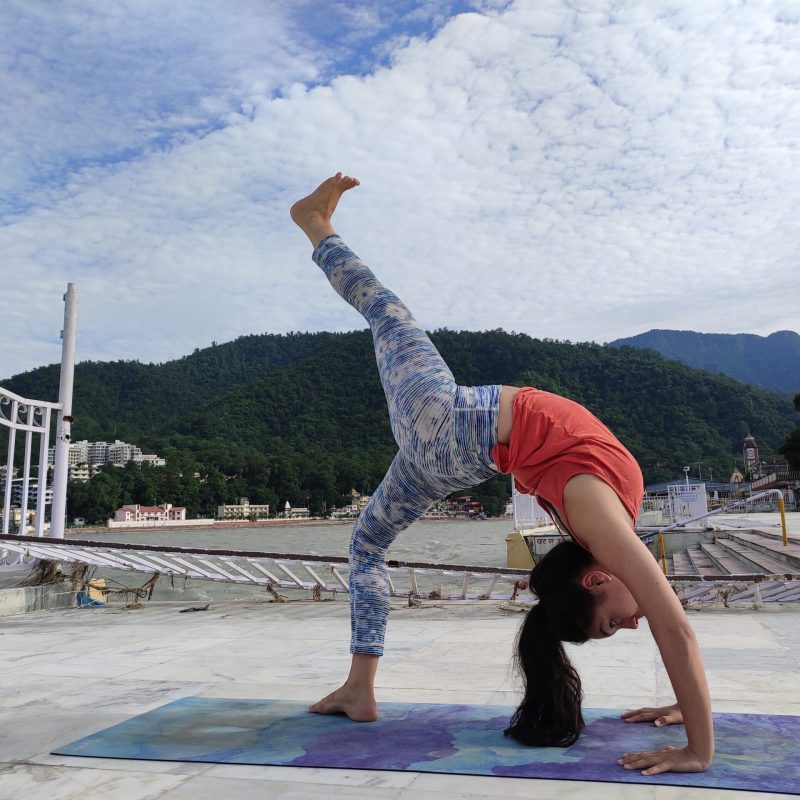
200 Hour Yoga Teacher Training in Rishikesh (India)
Duration: 25 Days
Module: Residential with Meal
Accommodation: Shared Room
Certification: Yoga Alliance USA
Course Fee: 999 USD
Yoga Style: Hatha Yoga
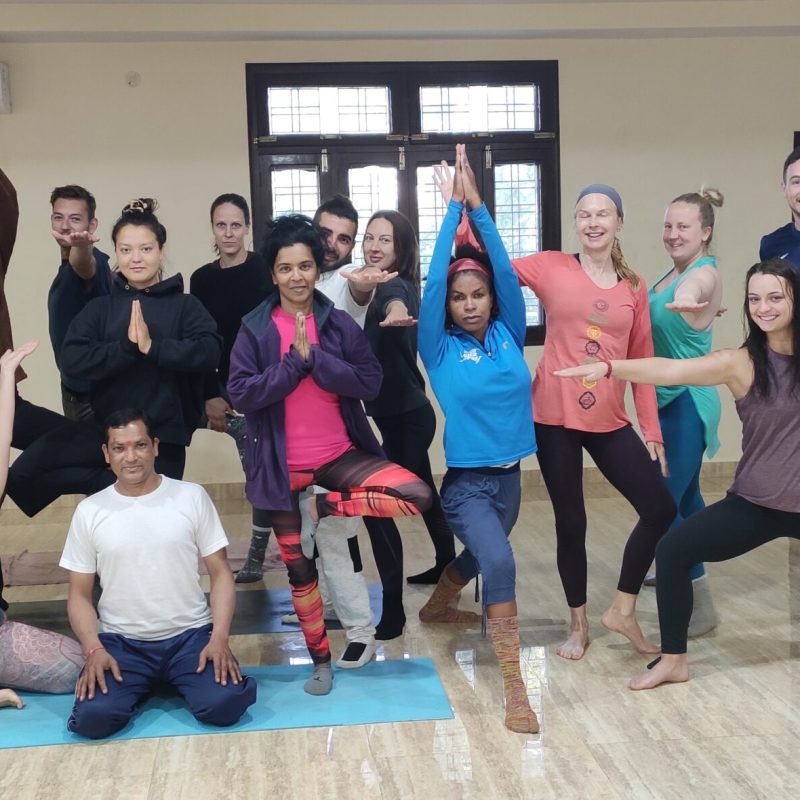
300 Hour Yoga Teacher Training in Rishikesh (India)
Duration: 28 Days
Module: Residential with Meal
Accommodation: Shared Room
Certification: Yoga Alliance USA
Course Fee: 1349 USD
Yoga Style: Hatha Yoga
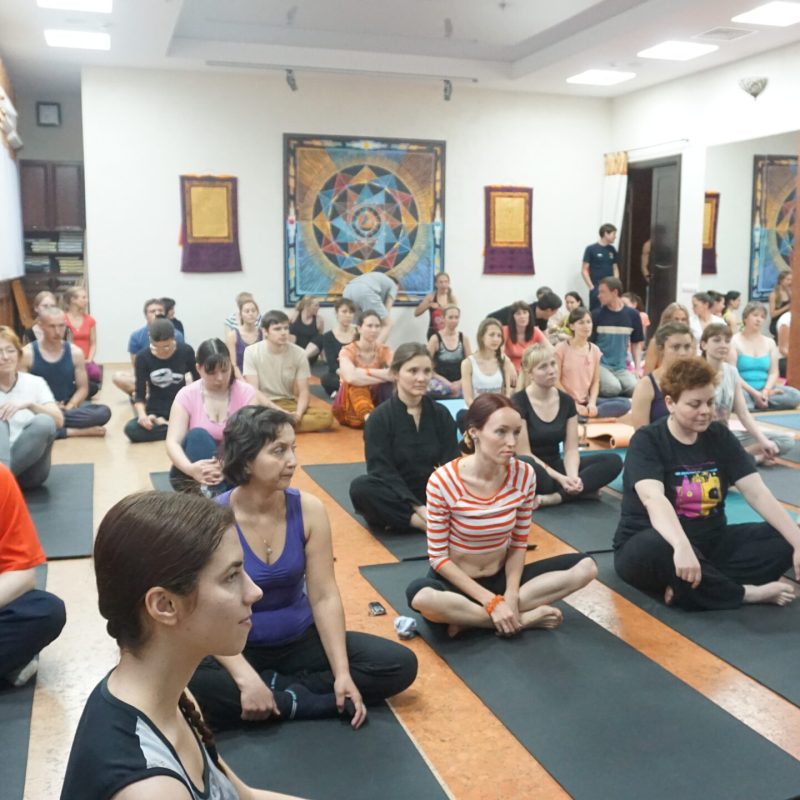
500 Hour Yoga Teacher Training in Rishikesh (India)
Duration: 55 Days
Module: Residential with Meal
Accommodation: Shared Room
Certification: Yoga Alliance USA
Course Fee: 2699 USD
Yoga Style: Hatha Yoga
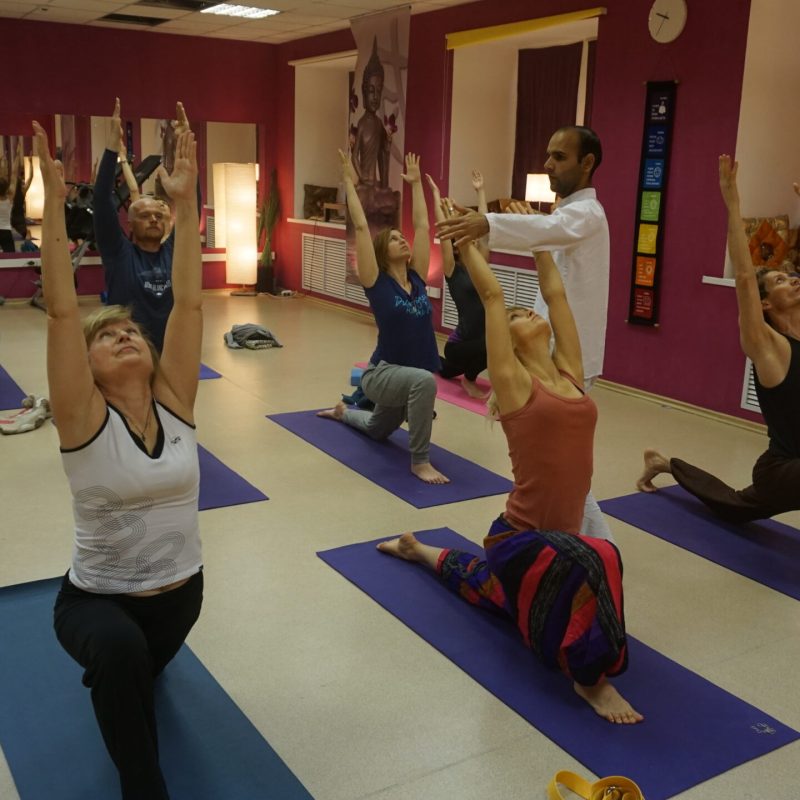
07 Days Yoga Retreats in Rishikesh (India)
Duration: 07 Days
Module: Residential with Meal
Accommodation: Shared Room
Certification: Yoga School
Course Fee: 499 USD
Style: Yoga Retreats

10 Days Yoga Retreats in Rishikesh (India)
Duration: 10 Days
Module: Residential with Meal
Accommodation: Shared Room
Certification: Yoga School
Course Fee: 649 USD
Style: Yoga Retreats
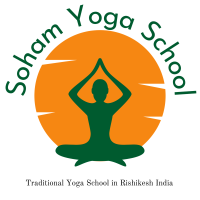
Nestled in Rishikesh, Soham Yoga School offers Yoga Alliance certified teacher training programs in Hatha and Ashtanga yoga styles. Emphasizing meditation, pranayama, “and” yoga philosophy, each course—from “100” to “500” hours—promises deep learning “and” personal growth. With comfortable accommodation “and” nutritious meals, graduates gain internationally recognized certifications “and” profound yoga knowledge.
